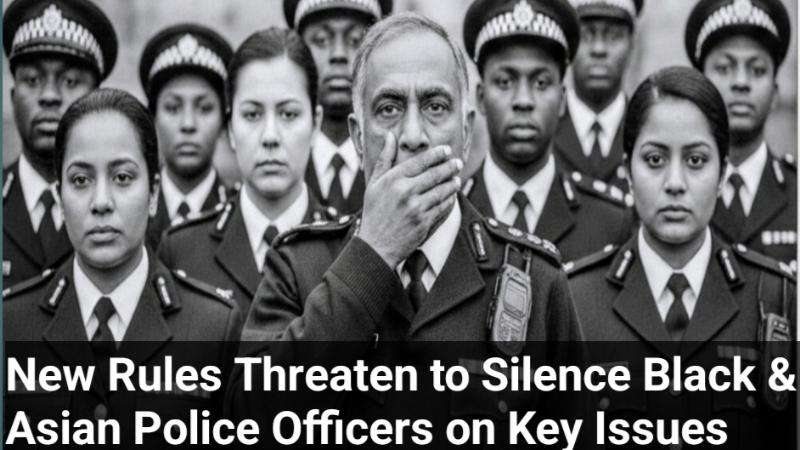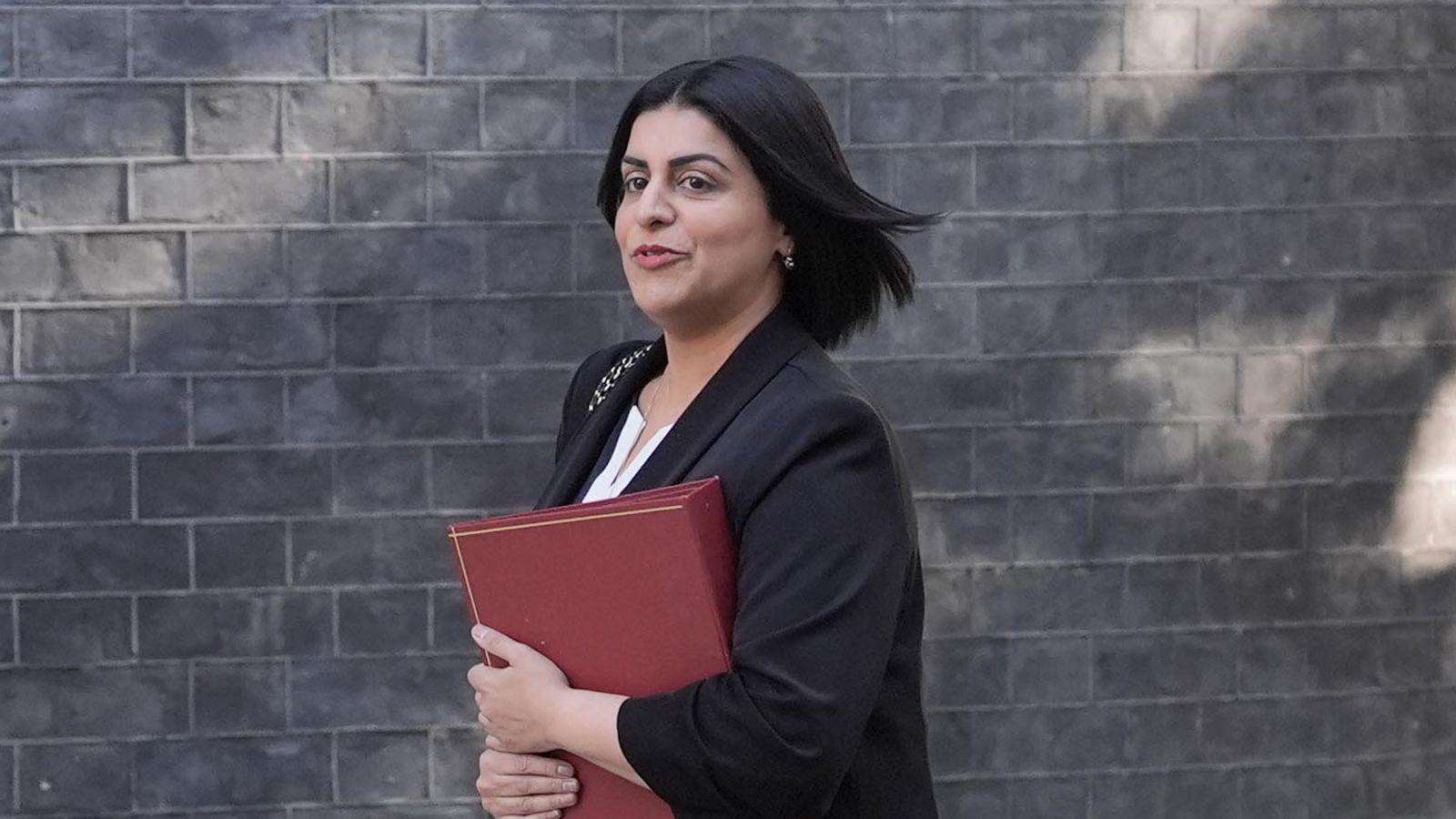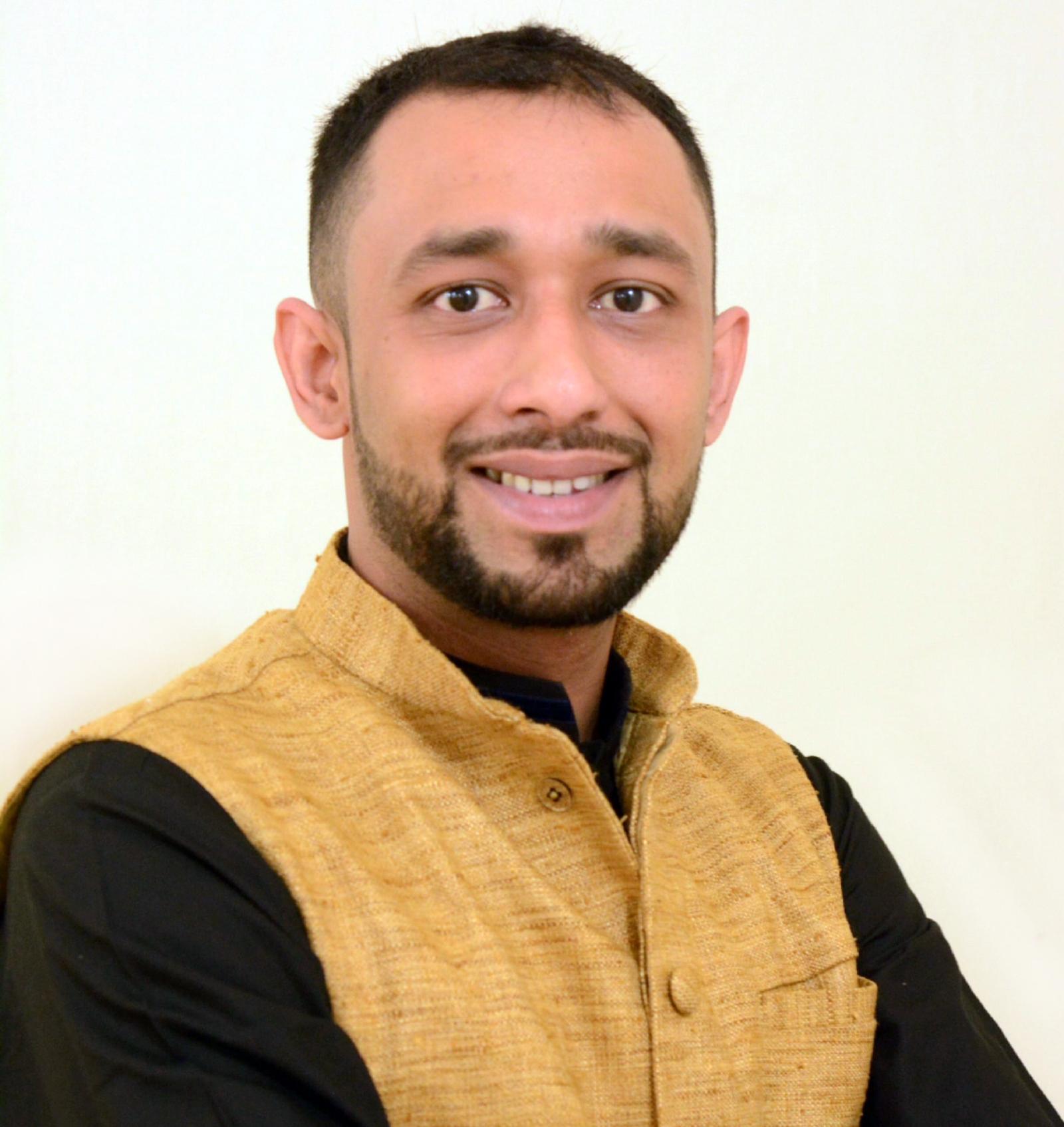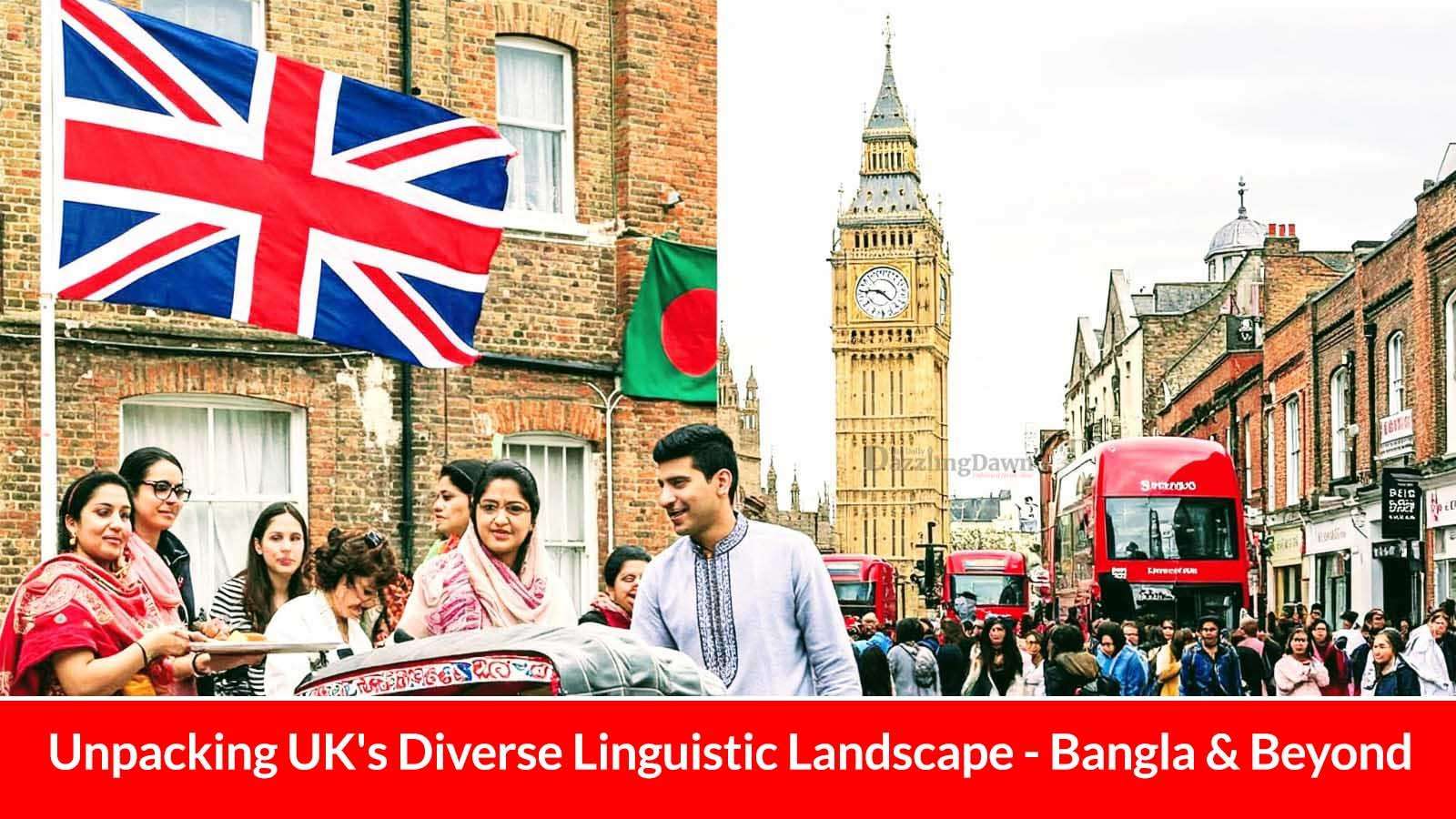England and Wales are becoming increasingly multilingual, with the latest data from the 2021 Census by the Office for National Statistics (ONS), published in 2022, offering a fascinating snapshot of the languages spoken beyond English (or English and Welsh in Wales). While Polish and Romanian have emerged as the most common main languages after the official tongues, the Census also provides valuable insights into the prevalence of other languages, including Bangla.
Polish and Romanian Lead the Way
The data reveals that Polish is the most common main language (excluding English/Welsh), spoken by 1.1% of the population, equating to approximately 612,000 people across England and Wales. This dominance is particularly evident in England, where 1.1% (591,000 individuals) cite it as their primary language. Regionally, the East Midlands has the highest concentration of Polish speakers (1.5%, 71,000), with Boston in Lincolnshire showing the most significant share at 5.7% (4,000 residents).
Romanian has seen a dramatic surge in its prevalence, jumping from the 19th most common language in the 2011 Census to the second most common in 2021, with 0.8% of the population (472,000 people) identifying it as their main language in England and Wales. This growth is particularly pronounced in London, which accounts for the highest percentage of Romanian speakers (1.9%, 159,000). Within the capital, Harrow has the largest proportion, with 7.5% of its population reporting Romanian as their main language
Bangla Language in the UK: An Overview
While the provided data doesn't explicitly detail the number of Bangla speakers as a main language, it's understood to be a significant language within certain communities, particularly those of Bangladeshi origin. The Census data focuses on the most prevalent non-English/Welsh main languages.
However, extrapolating from community demographics and previous Census data (though not provided here), we can infer that a substantial number of individuals in England and Wales, particularly in areas with large Bangladeshi populations like parts of London, Birmingham, and Manchester, speak Bangla, including its Sylheti dialect.
Understanding the Sylheti Context
Sylheti is often considered a distinct dialect of Bangla, although some speakers identify it as a separate language. It is widely spoken by the Bangladeshi diaspora in the UK, forming a significant linguistic presence in specific locales. Future detailed analysis of the 2021 Census data might offer a more precise breakdown of Bangla and its dialects, including Sylheti.It is widely understood that a significant portion of the UK's Bangladeshi community speaks Bangla and its Sylheti dialect. These speakers are primarily concentrated in areas with large Bangladeshi populations. Similarly, while the Census focuses on main languages, it's important to note that many individuals of Bangladeshi origin in the UK are bilingual, with English being their primary language while still retaining fluency in Bangla and/or Sylheti. The linguistic landscape within these communities is complex and reflects the history of migration and cultural identity in the UK.
Overall Linguistic Diversity
The 2021 Census highlights a slight decrease in the percentage of the population with English (or English/Welsh) as their main language, falling from 92.3% in 2011 to 91.1% in 2021. Conversely, the number of people proficient in English (or English/Welsh) but not speaking it as their main language has increased to 7.1% (4.1 million). This indicates a growing level of bilingualism and linguistic diversity across England and Wales.
Regional Hotspots of Language Diversity
The data pinpoints specific areas with high concentrations of non-English/Welsh speakers:
- Romanian: Predominantly in London boroughs like Harrow, Newham, Brent, and Redbridge, and also in West Northamptonshire.
- Polish: Concentrated in areas like Boston, Slough, Ealing, South Holland, and Luton.
Looking Ahead
As the UK's population continues to evolve, the linguistic landscape will undoubtedly shift further. The 2021 Census provides a crucial benchmark for understanding this diversity, highlighting the significant presence of languages like Polish and Romanian and underscoring the importance of recognizing and catering to the needs of multilingual communities, including those who speak Bangla and Sylheti. Further detailed analysis of the Census data in the future is expected to provide a more granular understanding of the distribution and prevalence of various languages spoken across England and Wales.








.svg)


